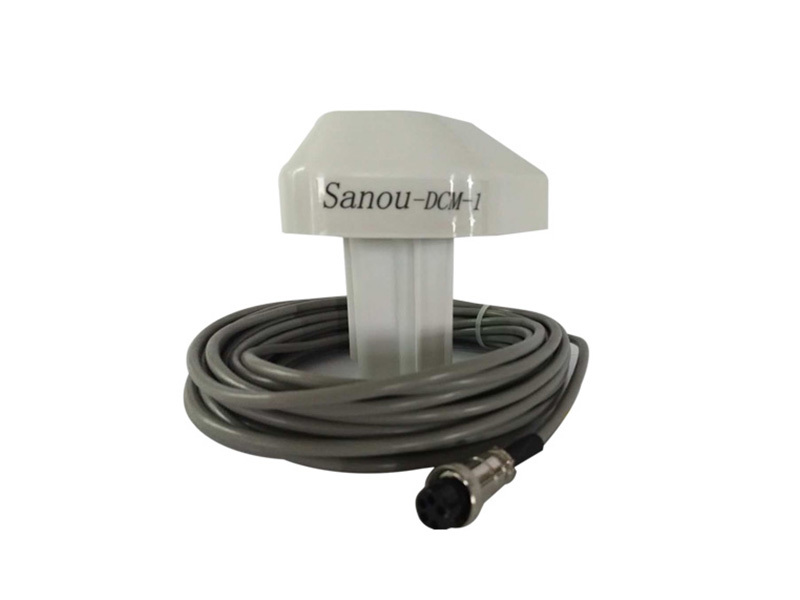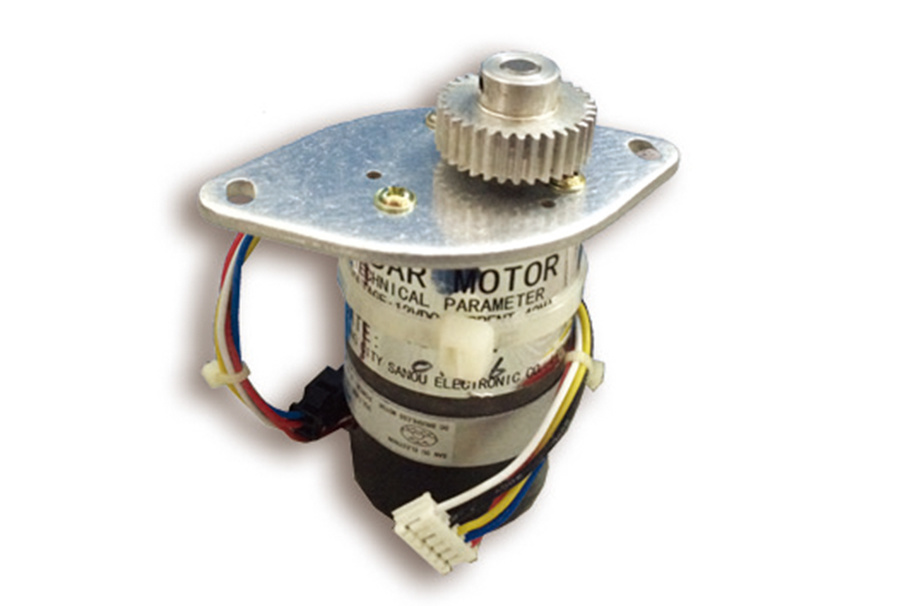News Center
Single Servo Telegraphs in Hybrid Systems: Advantages and Challenges
Introduction to Single Servo Telegraphs in Hybrid Systems
The evolution of electrical engineering has led to remarkable advancements in control systems, particularly in the application of servo motors. Among these innovations, **Single Servo Telegraphs** have emerged as a pivotal technology in hybrid systems. This article provides an in-depth analysis of the **advantages and challenges** associated with the integration of Single Servo Telegraphs, focusing on their functionality, benefits, and the potential obstacles that engineers may encounter.
Understanding Single Servo Telegraphs
What are Single Servo Telegraphs?
Single Servo Telegraphs represent a sophisticated method of control that utilizes servo motors to transmit feedback signals. These systems are crucial in scenarios where precise positioning and control are paramount, such as in automation, robotics, and various industrial applications. By converting electrical signals into mechanical motion, Single Servo Telegraphs facilitate accurate movement and enhance the responsiveness of hybrid systems.
How Do They Operate?
At the core of Single Servo Telegraphs is the servo motor, which operates based on a closed-loop system. This means that the system constantly monitors the output to ensure it matches the desired input. The control loop involves several components, including a controller, feedback device, and drive mechanism. The integration of these elements allows for high precision and control over motor operation, making Single Servo Telegraphs especially valuable in complex hybrid systems.
The Role of Hybrid Systems in Modern Engineering
Hybrid systems combine multiple technologies to optimize performance and efficiency. In the context of electrical engineering, this often means integrating traditional mechanical systems with advanced electronic controls. The inclusion of Single Servo Telegraphs in these hybrid frameworks enhances their capability, making them more adaptable to various operational demands.
Benefits of Hybrid Systems
1. **Increased Efficiency**: Hybrid systems often demonstrate superior efficiency compared to conventional systems, thanks to the synergy between mechanical and electronic components.
2. **Enhanced Flexibility**: These systems can be tailored to specific applications, allowing engineers to customize solutions to meet diverse operational requirements.
3. **Improved Performance**: The combination of technologies often leads to better overall performance, particularly in terms of speed, accuracy, and reliability.
Challenges of Implementing Hybrid Systems
While there are numerous benefits, the adoption of hybrid systems also brings challenges:
1. **Complexity**: The integration of different technologies can complicate system design and require specialized knowledge.
2. **Cost Considerations**: While hybrid systems can lead to long-term savings, the initial investment might be significant.
3. **Maintenance and Support**: The need for specialized skills for maintenance and troubleshooting can be a barrier for some organizations.
Advantages of Single Servo Telegraphs in Hybrid Systems
Precision Control
One of the standout advantages of Single Servo Telegraphs is their ability to provide **precision control**. In applications where exact movements are necessary, the closed-loop feedback system ensures that the motor's position is continually corrected, minimizing the risk of errors. This is particularly beneficial in industries such as aerospace and automotive, where even the slightest deviation can result in significant consequences.
Cost-Effectiveness
Although the initial setup of Single Servo Telegraphs may require a higher upfront investment, their long-term operational efficiency can lead to reduced maintenance costs and lower energy consumption. The durability and reliability of these systems often translate into fewer breakdowns and a longer lifespan, ultimately saving organizations money over time.
Adaptability to Various Applications
Single Servo Telegraphs are versatile and can be applied across multiple sectors, from manufacturing to robotics. Their ability to integrate seamlessly into existing hybrid systems makes them a preferred choice for engineers looking to enhance system capabilities without a complete overhaul.
Challenges Faced in the Adoption of Single Servo Telegraphs
Integration Issues
Integrating Single Servo Telegraphs into pre-existing hybrid systems can pose challenges. Compatibility with current technologies and systems may require additional modifications or even a complete redesign, which could increase project timelines and costs.
Technical Expertise Requirements
The complexity of implementing Single Servo Telegraphs necessitates a skilled workforce capable of managing these advanced systems. Organizations may face hurdles in recruiting engineers with the necessary expertise, which can lead to delays in implementation and higher training costs.
Potential for System Failures
While Single Servo Telegraphs are designed for reliability, they are not immune to failures. System malfunctions can disrupt operations and may result in significant downtimes, emphasizing the need for robust maintenance protocols and contingency plans.
Future of Single Servo Telegraphs in Hybrid Systems
As technology continues to evolve, the future of Single Servo Telegraphs in hybrid systems looks promising. Ongoing advancements in materials, control algorithms, and sensor technology will likely enhance the capabilities of these systems. We anticipate further developments that will improve efficiency, reduce costs, and expand applications across various industries.
Emerging Trends and Innovations
1. **Smart Technologies**: The integration of IoT (Internet of Things) capabilities will enable real-time monitoring and optimization of servo systems, leading to smarter hybrid solutions.
2. **Artificial Intelligence**: AI algorithms can enhance predictive maintenance, allowing for proactive management of system performance and reducing the likelihood of failures.
3. **Sustainability**: As industries move toward greener technologies, Single Servo Telegraphs will likely incorporate eco-friendly practices in their design and operation.
Frequently Asked Questions (FAQs)
1. What are the primary applications of Single Servo Telegraphs?
Single Servo Telegraphs are primarily used in automation, robotics, aerospace, automotive applications, and any field requiring precise motion control.
2. How do Single Servo Telegraphs enhance operational efficiency?
They enhance operational efficiency through precise control, reduced energy consumption, and minimized error rates, ultimately leading to improved system performance.
3. What challenges do engineers face when integrating these systems?
Challenges include compatibility issues with existing systems, the need for specialized technical knowledge, and potential system failures that could cause downtimes.
4. Are Single Servo Telegraphs cost-effective in the long term?
Yes, while they may require a higher initial investment, their reliability and efficiency can lead to significant savings over time through reduced operational and maintenance costs.
5. What potential advancements can we expect in Single Servo Telegraph technology?
We can expect advancements such as integration with IoT, AI-driven control algorithms, and eco-friendly designs, enhancing their functionality and application across various industries.
Conclusion
The integration of Single Servo Telegraphs into hybrid systems marks a significant advancement in the field of electrical engineering. While they offer numerous advantages, including precision control and cost-effectiveness, challenges such as integration complexity and technical expertise requirements must be addressed. As technology evolves, we anticipate a bright future for Single Servo Telegraphs, making them an indispensable component of modern hybrid systems. Embracing these innovations will enable industries to achieve greater levels of efficiency, performance, and adaptability, reinforcing the critical role of engineering in shaping our technological landscape.
Related News
Understanding the Importance of the Furuno 1831 Radar Plug: A Comprehensive Guide
The Furuno 1831 radar plug, especially the 24-pin square variant, is a crucial component when it comes to radar level measurement in various industries. Understanding its significance can enhance the functionality and reliability of radar systems, which are vital for applications such as shipping, oil and gas, food processing, and many other sectors where precise measurements of levels are essenti
Case Studies: Successful Implementation of 12KVA Frequency Stabilizers in Power Distribution
Case Studies: Successful Implementation of 12KVA Frequency Stabilizers in Power Distribution Table of Contents Introduction to 12KVA Frequency Stabilizers The Importance of Frequency Stabilizers in Power Systems Case Study 1: Manufacturing Sector Case Study 2: Healthcare Facilities Case Study 3: Data Centers Case Study 4: Telecommunications Industry Common Benefits of
Understanding the Furuno 1832 Radar Motor: A Key Component in Marine Electronics
The Furuno 1832 radar motor is a component of Furuno's radar systems, which are widely recognized for their reliability and effectiveness in marine environments. Radar technology plays a pivotal role in ensuring safe navigation by detecting objects, such as other vessels, landmasses, and navigational hazards, which may not be visible to the naked eye, especially in adverse weather conditions. At t




